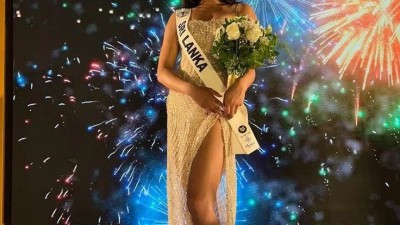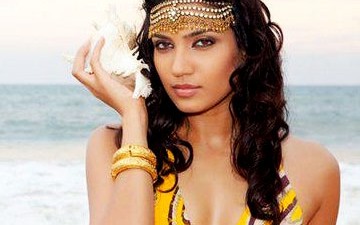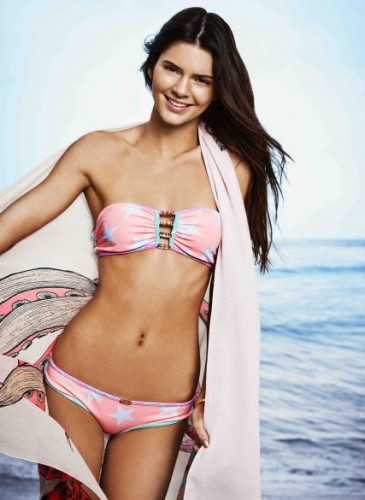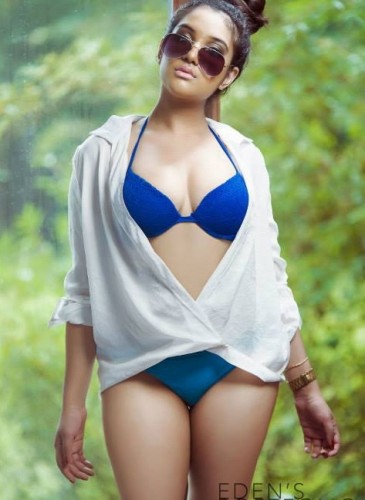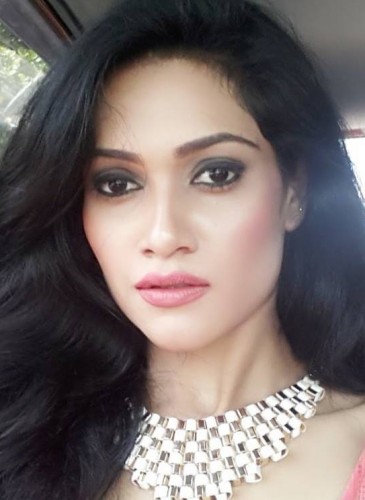What do Kendall Jenner, Gigi Hadid, and Cara Delevingne have in common—besides insane success, beauty contracts, and magazine covers? They all owe their careers to their savvy use of social media. In 2015, in order for a model to stay relevant, it seems that she or he has to stay engaged. Brands openly monitor the followers and follow-through of a given social media star’s fan base, eschewing runway favorites in favor of the latest viral sensations, which raises the question: Can you be a successful model if you don’t “do” social media?
Well, yes. Several of the industry’s biggest names are nowhere to be found online: Paolo Roversi muse and Azzedine Alaïa campaign star Guinevere Van Seenusrarely grants interviews and has remained mum online; Danish fashion mainstay and frequent French Vogue cover star Freja Beha Erichsen is similarly absent on Instagram (though countless accounts dedicated to her and her fan base exist). It would be simple for a supermodel like Helena Christensen to amass millions of followers, yet she’s remained both offline and openly critical of the value of a social media presence. Same for Malgosia Bela, who regularly graces the cover of prestige magazines like i-D and Italian Vogue and who joined Instagram, only to soon after shutter her account in favor of keeping her personal life personal. It would seem that for models on the level of Beha Erichsen, Van Seenus, Bela, and Christensen, with established connections, reputations, and years of top-tier work under their belts, there is little to be gained from broadcasting their every move. In fact, the opposite may be true.
There’s an argument to be made that models whose focus is high-end editorials must be able to embody a variety of characters, and that any added mystery helps maintain their mystique. The less we know about a model, the easier it is to accept them in a myriad of scenarios and images; it’s a lesson that Hollywood celebrities have embraced for ages. Rumors of famously press-shy Kate Moss’s Instagram have existed for years, but she’s never taken her snapshots public. Moss’s “never complain, never explain” mantra (one that, legend has it, was passed down to her by Johnny Depp’s publicist) has served her through career highs and lows, providing the public with just enough information about her to keep them interested, while always leaving something to the imagination. Moss lets her work speak for itself, and by staying out of the melee she neatly avoids the oversaturation point experienced by other stars (also known as the “ugh, I’m so sick of them, they’re everywhere” effect). Which means her staying power—and her commercial viability—is that much longer, and her chances of alienating or offending a brand’s customer base through a social media misstep is slim to none.
Sure, this is mostly the case for models who’ve been around since the major social media boom. New models are often encouraged to build followings in order to cross over for risk of being passed over for someone with more “likes”—but consider the case of Julia Nobis. Stepping onto the scene in 2009 (one year before Instagram’s inception), Nobis’s career flowered just as social media was becoming a mandatory element of the modeling business. With her austere good looks and innate elegance, Nobis quickly became one of fashion’s It girls, landing Vuitton campaigns, space on the runway at Dior, and international Vogue covers, all without a single public selfie, tweet, or Snapchat. Given that Nobis juggles medical school and modeling, she may simply not have the time to be active online—but as the rare social media holdout, her success proves models can make an impact without the aid of apps.

